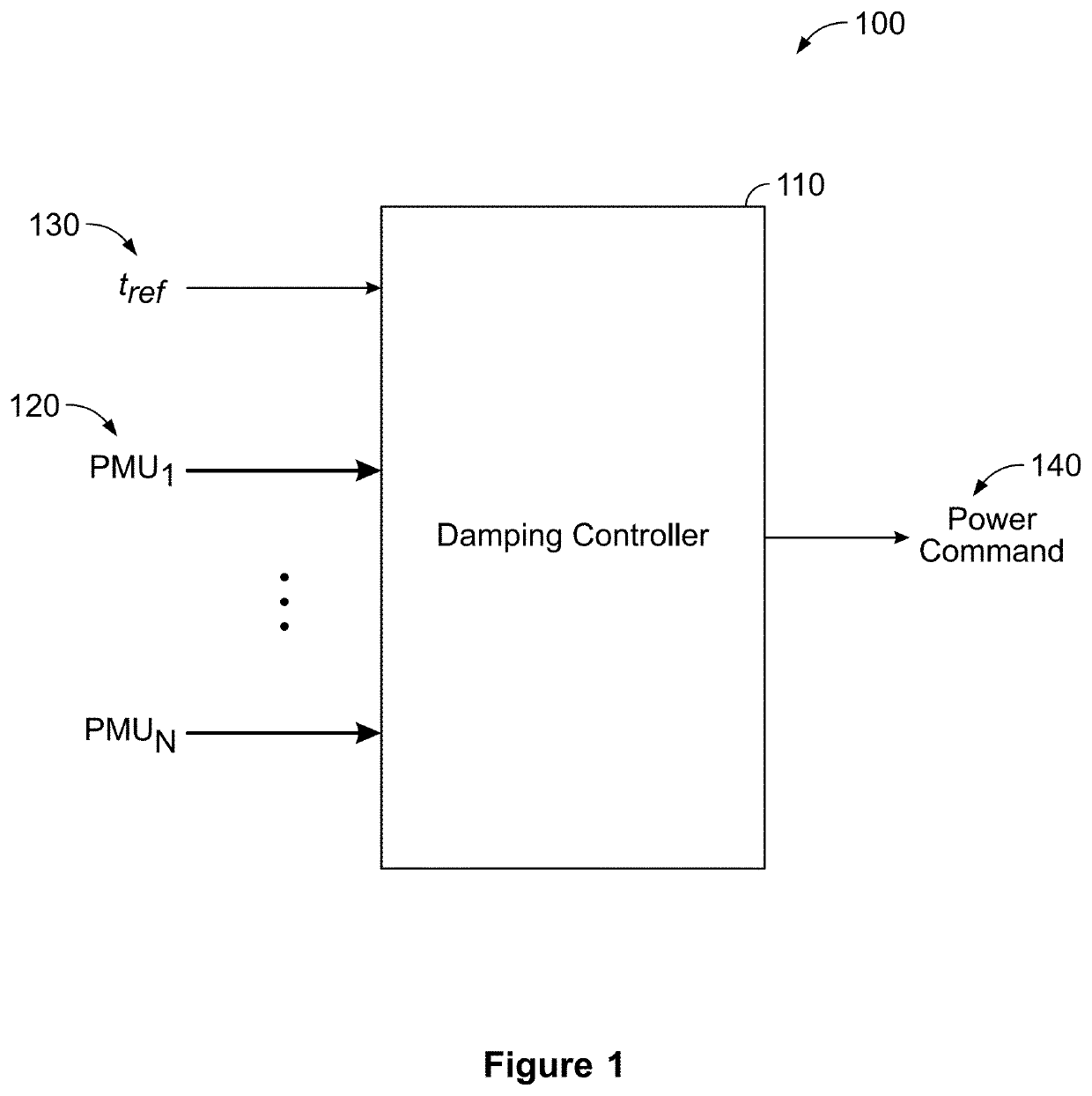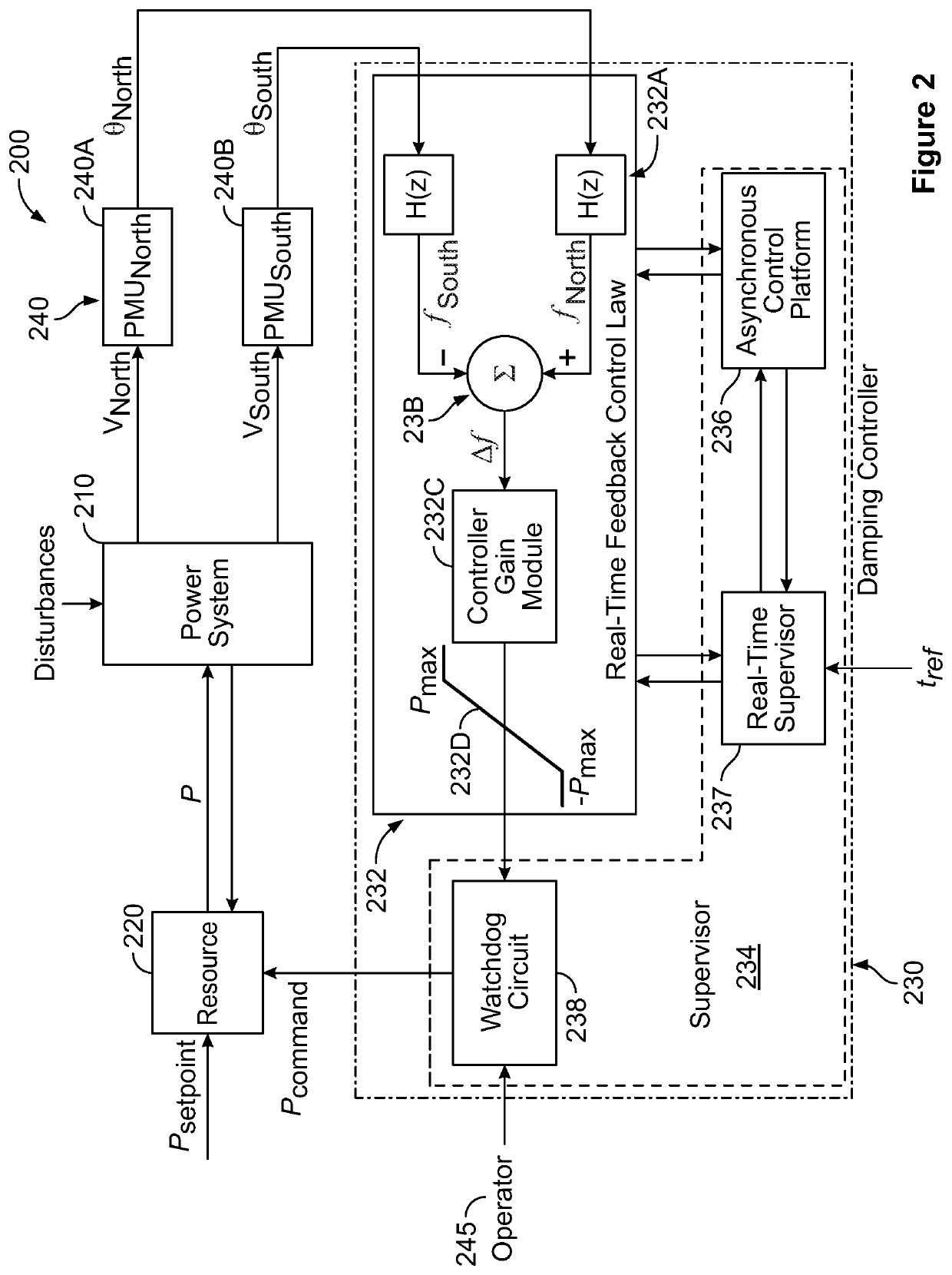These oscillations which disrupt the grid can result from an energy provider unexpectedly
tripping offline or being brought online without coordination, or from instabilities caused by grid operators attempting to transmit too much
power over transmission lines, for example.
Large power
system blackouts, although infrequent, may
impact tens of millions of people and result in direct costs up to several billion dollars.
There are also indirect costs such as possible social disruptions and the propagation of failures into other infrastructures such as communication,
water supply,
natural gas, and transportation systems.
Historically, major blackout events started with failures of individual transmission components in a power
system.
Those failures contributed to additional failures because of the interdependencies among components in the grid.
The first few failures were mainly caused by unanticipated disturbance events (e.g.
transmission line outages due to
severe weather conditions or overload); thus, some transmission components became out-of-service thereafter, and as a result, overloads occurred on remaining operational transmission components.
This propagation of overloads generated more overloads such that the failures cascaded and spread to a much wider area of the grid.
The cascading failures gradually weakened the connection of the power
system and caused unintentional system separation and severe stability problems leading to a large-area blackout.
Even if the communication channels used for transmitting the information needed for the wide-area control strategy are completely reliable, the information being transmitted can still be subject to high communication latencies.
In 1996, the Western
Interconnection (the western North American
power grid) experienced a catastrophic system
breakup and widespread outage that was primarily a result of poorly damped inter-area oscillations that had built up over highly congested north-south transmission paths.
When cascading failures occur, it is difficult for system operators at control centers to take corrective actions in a matter of a few minutes or even seconds thus, automatic protection and control schemes are required in preventing, slowing, or mitigating cascading failures.
However, protecting interconnected power systems against cascading failures and the stability / oscillation problems incurred poses a challenge to power system engineers because power systems in the real world are often huge and complex while the time for online computations and
decision making for control actions is quite limited.
One of the most severe stability problems that may occur with the spread of cascading failures is a loss of
synchronism.
When cascading failures continuously weaken the power system and
impact the connections between interconnected sub-systems or control areas, inter-area oscillations will become poorly damped and grow in amplitude.
If damping worsens, these oscillations can lead to angle separation between two or more groups of generators creating a loss of
synchronism, which can then result in generation outages and loss of transmission capacity.
In an unpredictable way, the system may collapse and separate into isolated electrical islands.
Because the formation of these islands is not going to occur in a designed manner, it is unavoidable that problems such as having (1) large imbalances between generation and load will exist in some islands (Excessive load in a load-rich island has to be shed timely to prevent rapid frequency declines of generators while excessive generation has to be rejected in a generation-rich island.
Consequently, large-area power outages can result from these unplanned island formations); (2) some transmission lines become overloaded and then tripped possibly resulting in more failures and further system separation within islands; and (3) the possibility of the generators that tend to lose
synchronism in one island formed, making it difficult for them to cooperate with each other spontaneously which could lead to further outages of generators or transmission assets, and even worse, separation may continue in that island.
The above shows that unintentional system separation may not stop cascading failures.
In contrast, it may worsen the situation and lead to large-area blackouts.
 Login to View More
Login to View More  Login to View More
Login to View More 

